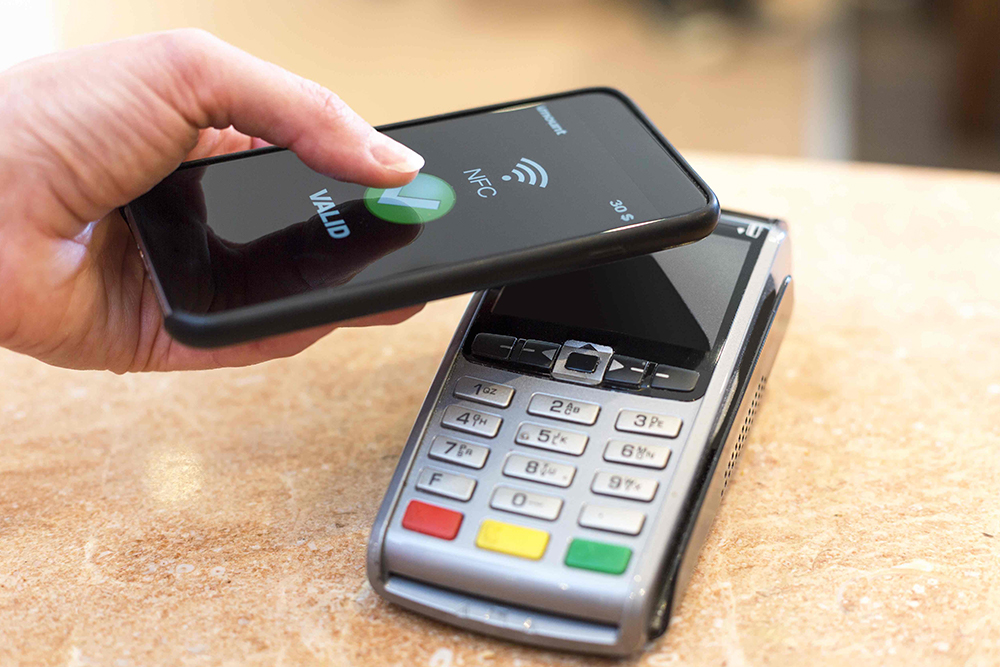The growth of cashless payments is making it easier for consumers to purchase products without having to carry cash. But does mo’ money mean mo’ problems? Here’s how the ease of purchase decisions will change a marketer’s interface with consumers.
Encouraging Impulse Buys
Being able to buy on the fly without reaching for a wallet fits into today’s hustle-and-bustle lifestyle. In Seattle, Amazon is experimenting with a grocery store where customers can stroll in, take what they like, and leave without even pausing at a cash register. Using the Amazon Go app, the store recognizes when a customer has arrived and tracks items taken. When the customer leaves, those items are charged to their accounts. No more waiting in line behind that one lady with a million coupons paying with a check.
Your Phone Is Your Wallet
PwC predicts that by 2019, there will be over a billion global mobile proximity payment users and that 85 percent of transactions will be near field communication (NFC)-based. The total transaction value of mobile proximity payments (both NFC and non-NFC) is expected to grow from $4.77 billion in 2014 to $141.21 billion in 2019.
In 2014, the transaction volume in the global MPP market was valued at $4.6 billion and it is expected to exceed $300 billion by 2020, with a 5-year CAGR of 85.9 percent.
“This growth rate will be driven not only by NFC, which is being used by both the major OS manufacturers—Apple and Google—but also by the spread of contactless infrastructure worldwide,” PwC said.
If consumers are routinely paying with their phones, a rise in beacon-based marketing may follow—providing information on sales and products nearby.
Charge Cards In Charge
Credit card companies, for obvious reasons, are embracing and encouraging cashless transactions across the world. Last year, Mastercard formed a partnership with Coin that will power payments through fitness bands, smartwatches and other wearable devices.
“People do not wake up in the morning and say, ‘I want to make a payment today,’” Sherri Haymond, MasterCard’s senior vice president of digital channels in emerging payments, told AListDaily. “What we’re doing is trying to make the process super seamless like it’s supposed to be, and also enable experiences before and after the payment to enrich the customer’s lives.”
A study by American Express found contactless transactions to be 63 percent faster than cash and 53 percent faster than a traditional card transaction.
Visa announced a new initiative called the Cashless Challenge that encourages small food merchants to move away from cash and toward card and mobile-based payments, according to The Wall Street Journal. Visa will use an application-based process to select 50 small merchants in food services that will receive roughly $10,000 to upgrade their payment infrastructure to accept card and mobile-based payments. In exchange, these merchants must pledge to limit or remove cash payments.
If these companies get their wish and proximity payments take over, efforts will then shift to competing for which card you’re using to pay with on the go.

